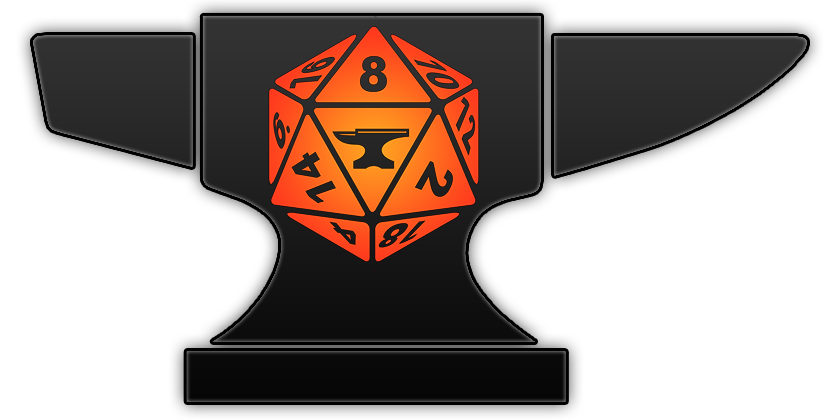Last year I asked, “What is an Airman?” This year, I think the establishment of the U.S. Space Force may help us find that answer.
Last year, after the Air Force announced the selection of CMSgt JoAnne Bass to be the 19th Chief Master Sergeant of the Air Force, I asked a question that has been rattling in the back of my mind since 2018: What is an Airman? At that point, the question was built on the (at times) problematic identity we often share built on our individual career fields. Most Airmen will spend their entire careers inside of one particular tribe and arguably never find an identity as Airmen. Even many of our top leaders spent a significant portion of their careers within a single tribe honing their technical skills as pilots, rarely experiencing our broader missions until they’ve pinned on Lieutenant Colonel (O-5) – at approximately 16-20 combined years of service.
When you love your hammer, everything looks like a nail. A service that is built around growing pilots and building them into its highest echelons of leadership will invariably push toward solving problems using one tool: the airplane. The question that must be asked is, “are they learning the right lessons about airpower from the flight deck?” If the establishment of a U.S. Space Force is any indication, the answer is a definitive “no.”
Air Force Origins

How did we get here? Lets start by examining why we formally established an independent Air Force in 1947. Throughout World War II, we learned hard lessons about why keeping airpower subordinate to ground commanders stifled the effects one could achieve. Steeped in an education surrounding field tactics, ground force commanders continually forgot that you didn’t need to focus all of your energy on breaking an enemy’s well-fortified lines when you could soar over them to directly assault their centers of gravity. The most important argument on behalf of early Air Force proponents like Gen Henry “Hap” Arnold and Maj Gen Billy Mitchell is best described by the concept of airmindedness, where an Airman will examine the entire battlefield without regard for geographic boundaries.
By viewing the battlefield as a broad map where we are immediately empowered to avoid direct conflict with fielded forces clustered around their tactical bottlenecks, we can mass all our destructive firepower on specific targets that will truly disrupt our enemies’ capacity and will to fight. Our ability to decisively execute such missions was originally thanks to the innovations that gave us combat aircraft, but they didn’t end there, though speaking with many AirPower enthusiasts, you’d be forgiven for thinking exactly that.
Principles of War
Within U.S. doctrine, there are nine principles of war: mass, objective, offensive, security, economy of force, maneuver, unity of command, surprise, and simplicity. Of these, no military service is more capable of economically providing unmatched mass and maneuver to such an extent that surprise becomes an implied task. To understand how the Air Force portfolio works within these principles and how they can define an Airman, a quick primer may be necessary.
Mass. Mass is about our ability to concentrate the effects of combat power at the decisive place and time to achieve decisive results. While many assume that this requires massing a large number of personnel, it can also refer to massing decisive combat effects. A single nuclear warhead can provide the destructive mass that a full Army corps could never hope to achieve.
Objective. Every military operation must have an objective. As the role of a peacetime military continues to evolve, this has become problematic.
Offensive. Do not wait for your opponent to set a stage for you to be a mere actor in. Many in the military will say that they prefer a “bias for action” for this reason.
Security. Superficially, this can be taken to advise a tactician to keep their personnel and materiel secure, but more specifically this refers to your knowledge and plans. Ideally, your enemy only knows what you want them to know and can only guess at how much you know of them.
Economy of Force. All combat power must have a purpose. While it is often argued that a good military must be more effective than it is efficient, this principle encourages tacticians to ensure that none of their capability is wasted or underutilized.
Maneuver. Maneuver is all about using space to keep the enemy continually at a disadvantage while maintaining an advantage. Traditionally, this is a physical concept, encouraging the smart tactician to attack from higher positions or surprise locations to create unexpected dilemmas and keep the enemy reacting to you.
Unity of Command. This one is simple: there should only be one battlefield commander. The modern U.S. military structure complicates this to an extent, with the often fraught relationship between the combatant commanders (who own the mission) and the service chiefs (who organize, train, and equip forces to present to combatant commanders). A peacetime military must answer to even more disparate authorities, as it navigates its relationship with other government agencies who may have primacy over a given mission.
Surprise. Keep your enemy guessing and work to create unpredictable dilemmas.
Simplicity. Good military plans are relatively easy to understand. Complex plans involving too much emphasis on economy of force will often show their inherent fragility, while simple plans that focus on mass (such as the fairly simple tactics of Napoleon Bonaparte) will often yield success.

What is an Airman?
So why should the establishment of an independent Space Force be a concern to every Airmen? Because the Air Force has fallen into the same problems the Army did when faced the advent of the airplane: it failed to adapt its strategy to new technologies that offered up unprecedented mass and maneuver. The Army continued to view the battlefield as a bowling alley, while airminded Airmen sought to mass effects without regard to boundaries. While the invention of the airplane advanced the notion of airmindedness, it should never have been the end. With all of that in mind, what is an Airman? Here’s my answer:
An Airman is a warrior focused on employing the latest technology to offer commanders unprecedented mass and maneuver.
While I accept that we now have an independent Space Force and look forward to continuing to work with our Guardians, they are still Airmen according to the definition above. Space capabilities absolutely fall under this definition, in addition to cyber and ISR (intelligence, surveillance, and reconnaissance). Critical to all of these capabilities is how they reshape the environment in a way that transcends time, space, and the number of personnel. If Air Force leaders raised in the flight deck fail to learn the right lessons from their experience, I suspect that the establishment of a Space Force will be a mere canary in the coal mine; it will be the start of other splinter branches. If the Air Force does not refocus on why it divorced from the Army in 1947, it risks marginalizing itself into merely being the Airplane Force, yielding everything that is truly airminded to younger branches.
What is an Airman to you?



